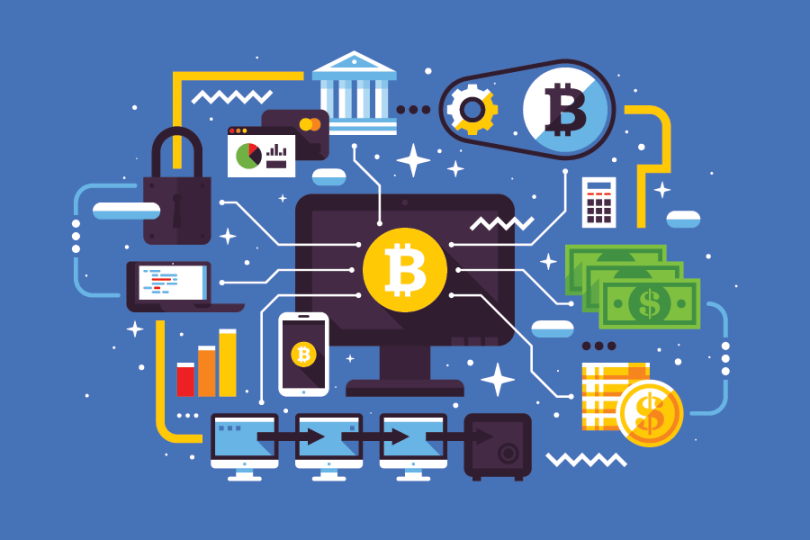Blockchain is an emerging technology capable of radically improving the security of transactions in sectors such as banking, insurance, advertising or education, as well as in supply chain management. This technology enables distributed ledger infrastructures, which can be used to save time recording transactions between different actors, eliminate costs associated with intermediaries, and reduce the risk of fraud and manipulation. Blockchain use cases can be classified into two main categories: Recordkeeping , static records of data about high-value assets, and Transactions, dynamic records of the exchange of tradable assets.
- In record-keeping applications, use cases include archiving and long-term custody of high-value physical and digital property data, updating and tracking of personal identity data, and smart contracts. ) executable based on certain predefined conditions.
- When it comes to transactions, we find use cases such as frequently transferred property data tracking, near real-time digital payments, and emerging digital assets.
The position of companies towards Blockchain is moving from “explain what it consists of” to “show me how we could take advantage of it”, which can be done through pilot programs that allow a first contact. Here are four ways in which distributed ledger technologies can be really helpful in avoiding failures in the transition from pilot to production.
- The first use case is in the dissemination of guaranteed and verified data .
- The second use case is in asset and product tracking .
- The third use case is that of property and asset transfers .
- The fourth case is that of certified claims .
BLOCKCHAIN TECHNOLOGY KEY USE CASES
Table of Contents
Many sectors can benefit from the use cases exposed above. In this section we will see specific examples of blockchain use case in payment (including advertising, insurance, real estate or energy, as well as activities such as record management) that highlight the effectiveness of this disruptive technology. to solve many of traditional problems and shortcomings in them.
Advertising
Transparency from the buyer’s point of view: Blockchain for audits.
Transparency from the point of view of the seller: Verification of reproductions (PoV – Proof-of-View) to fight against fraud.
- The mechanisms for calculating PoV reproductions only take into account the viewings of authenticated users, since the unique identifier of each user is part of the information necessary to consider that a reproduction is valid.
- Given that most people can only consume audiovisual content one at a time, PoV mechanisms discount the views of those users who play (via streaming ) several videos at the same time.
- PoV technology confirms that a video is playing by capturing information about randomly chosen frames for the duration of playback.
- Smart contracts (Smart contracts) can be used to document the number of reproductions and process and determine the corresponding payments.
Insurance
Probably the best Blockchain application in the insurance field is related to smart contracts. The use of contracts supported by distributed registry technologies would allow claims to be managed in a truly transparent and secure way, according to Deloitte, both for clients and for insurers.
Contracts and claims would be registered on the Blockchain platform and validated by the network, which would eliminate any claims that were not valid.
For example, the blockchain would reject multiple claims related to the same accident.
Real estate
On average, an owner or owner changes houses every five or seven years, while, also on average, a person will move houses about twelve times during the course of his life.
Blockchain technology can become a very useful tool for the real estate market, given the volume of transactions that take place in it.
It would speed up sales by offering a quick way to check the financial situation of the parties, it would reduce cases of fraud thanks to its encryption features and guarantee the transparency of the entire buying and selling process.
Energy sector
Blockchain technology can be used to execute electricity supply transactions, but it could also offer the starting point to develop meter reading applications, as well as billing and compensation management.
It could also be used to develop applications for documentation of ownership, asset management, guarantees of origin and renewable energy and emission quotas.
Records Management
The regional, regional and state governments are responsible for maintaining the records of individuals, including dates of birth and death, marital status or property transfers.
Managing all this information is not an easy task. In addition, today, some of these records only exist in physical format. This implies that any change must be made in person, with all that this entails in terms of inconvenience, time spent and inefficiencies. Blockchain technology can help simplify the maintenance of these types of records.
